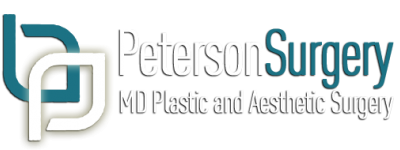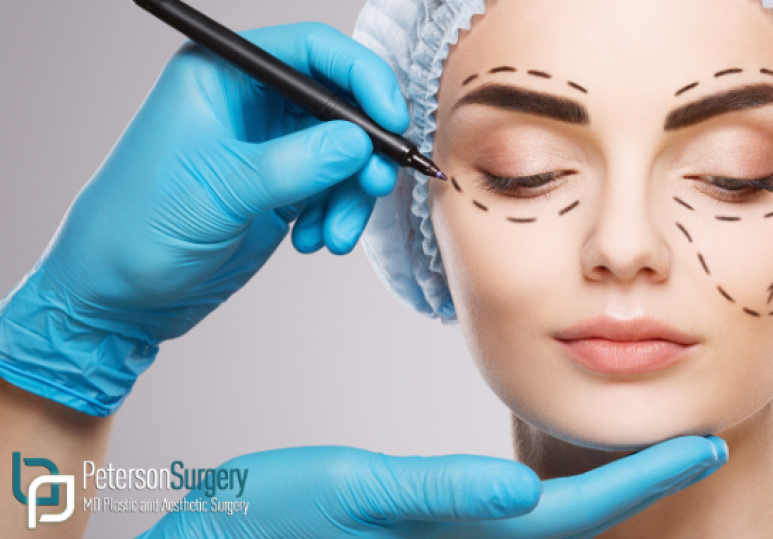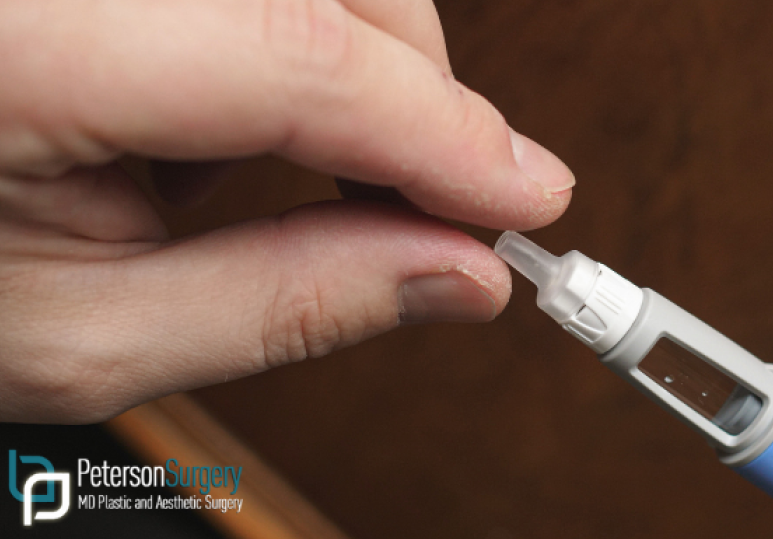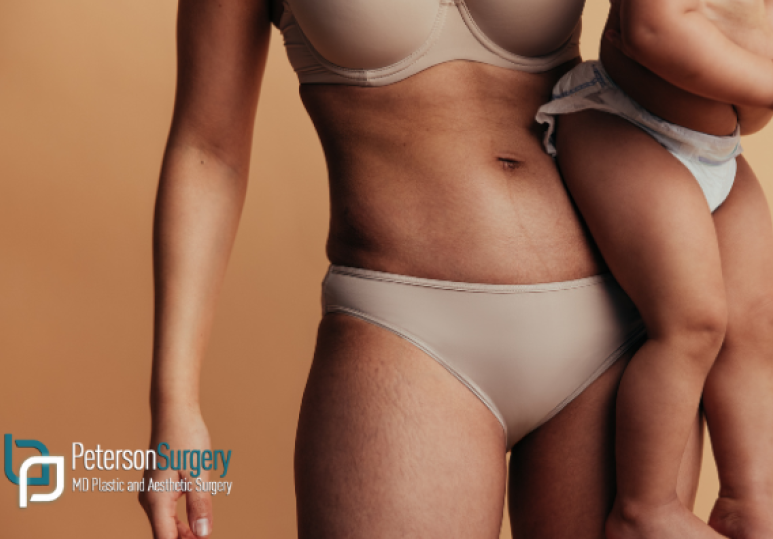The surgical procedure of permanently changing the shape of your nose to improve breathing or refine its appearance is called rhinoplasty. According to plastic surgeons, rhinoplasties are among the most requested cosmetic procedures.
Despite its popularity, few know the involved steps required to smoothly recover from this procedure. Neither the surgery nor the recovery process is painful, but the nose is an exceedingly fragile organ that demands proper care.
To give yourself a head start on the recovery process, here are 6 things you need to expect after a rhinoplasty.
Book a Consultation Contact Us
Getting Ready For Nasal Surgery
Who says you need to be stuck with the nose you were born with? Cosmetic surgeons today can easily improve the appearance of your nose with a proven, and safe procedure.
While the prospect of safely and permanently enhancing your visage may sound enticing, you should know what the procedure truly entails. As with any surgery, rhinoplasty also requires you to take precautions during the recovery time.
Know exactly what to expect from a rhinoplasty to avoid any unpleasant surprises and for a flawless recovery!
Dr. Brian Peterson at the Okanagan Health Surgical Centre has extensive experience performing nasal surgeries to patients in Kelowna and beyond. Call (250) 868-9099 or fill out this online contact form to explore how rhinoplasty can enrich your life.
6 Postoperative Effects Of Rhinoplasty
The procedure itself may only take 3 hours, but that does not mean you can simply get up and go about your day with a brand new nose. Your nose is a delicate and sensitive organ that demands proper post-operative care.
Here are 6 things that will happen to you and your nose after the surgery:
- You will have to wear a splint: To ensure your nose maintains its new shape, your surgeon will ask you to cover it with a splint for at least a week. You may also be provided with bandages to control swelling and collect drainage from your nostrils.
- You may feel uncomfortable during your recovery: Recuperating from nasal surgery is rarely painful, especially if you have pain medication at the ready. However, expect severe nose congestion for the first 2 to 3 weeks. This stuffiness may persist, though to a lesser extent, for up to 3 months.
- You will be told not to wear glasses or sunglasses for at least 6 weeks: Because eyewear applies pressure and causes indentations on the bridge of your nose, it can interfere with the nasal healing process. If you must wear glasses, make sure to use a splint or tape them between your brows to avoid pressuring your nose. A better solution, of course, would be to wear contact lenses during the recovery time.
- You will have to take at least 10 days off work: Rhinoplasty causes severe bruising around the eyes. While these bruises are unlikely to be painful, they can look very alarming. You may feel uncomfortable showing up to work with what looks like a pair of black eyes. Most patients give their bruises a week or more to heal up before returning to work. Taking it easy after such a delicate surgery is also just good practice.
- You will experience a lot of swelling: Your nose will be swollen for an extended period of time. For the first 3 weeks after surgery, the swelling will be significant. After 6 months, most of the swelling will have tapered off. Only after 12 to 18 months will your cosmetic surgeon evaluate the final results of the surgery. The swelling and the subsequent recovery time depend largely on how much work was done to refine your nose.
- Your voice could change temporarily: Do not be surprised if your voice changes slightly after rhinoplasty. This is especially true for patients with a nasal voice. Regardless, this side effect is not particularly concerning as it is temporary.
All in all, rhinoplasty is not a magical process that will grant you a nose of your liking the day after. Recovery is lengthy and sensitive; neglect can derail your healing and reduce your chances for an optimal outcome. If that happens, you may have to undergo rhinoplasty revision, which comes with its own protracted recovery process.
That being said, thousands of patients in Canada who have taken good care of their nose post-surgery have expressed satisfaction with the procedure.
Recovering From Rhinoplasty
Rhinoplasty can permanently change your appearance to one more of your liking, but it comes with a precarious recovery process. During that time, you will have to wear a splint, put up with nose stuffiness, deal with bruising, avoid eyewear, and control your swelling. You may even have to get used to a new voice—at least for a time.
Dr. Brian Peterson at the Okanagan Health Surgical Centre knows that getting over rhinoplasty can be challenging. That is why Dr. Peterson uses proven procedures to make the recovery process as comfortable as possible. See how rhinoplasty is done at the Okanagan Health Surgical Centre by calling (250) 868-9099 or by filling out the online contact form.
FAQs
Are there alternatives to rhinoplasty?
Yes. You can look into a variety of non-surgical procedures to change your nose’s appearance, such as dermal fillers. These are not permanent, however.
Is rhinoplasty safe?
Yes. Rhinoplasty is generally safe. As with any surgery, you do run the risk of infection and bleeding.
How much does rhinoplasty cost?
The average price of rhinoplasty in Canada is between $4,000 and $5,000. Costs can vary depending on the complexity of the surgery and your cosmetic surgeon’s experience.





